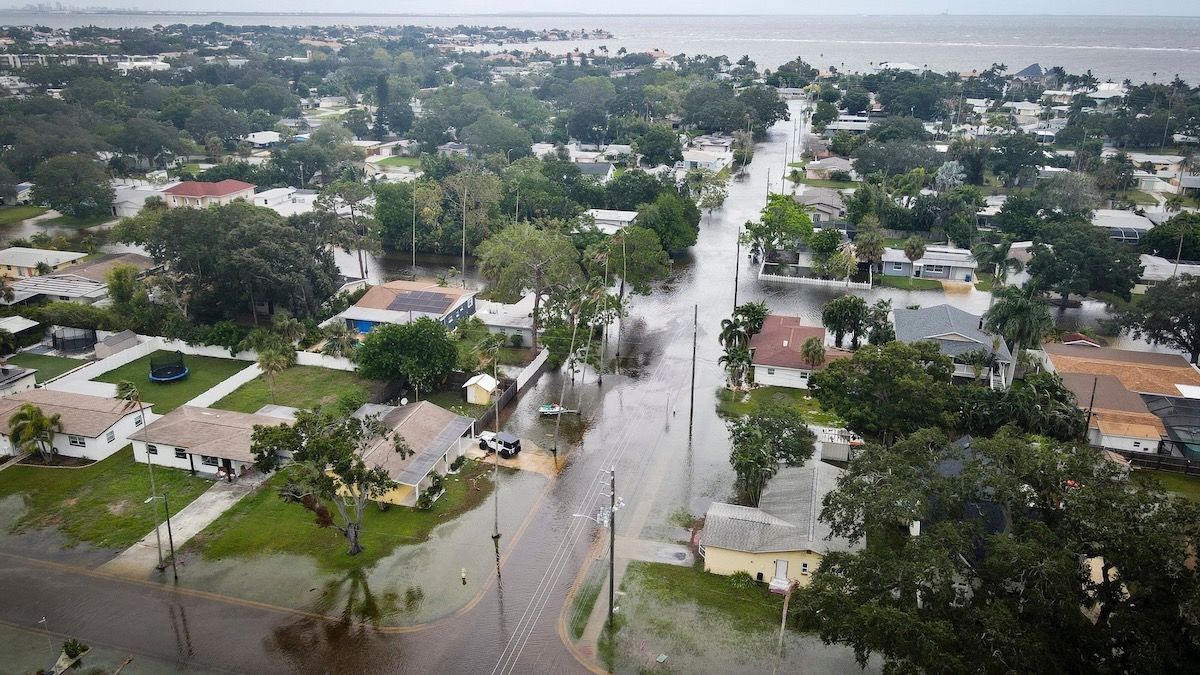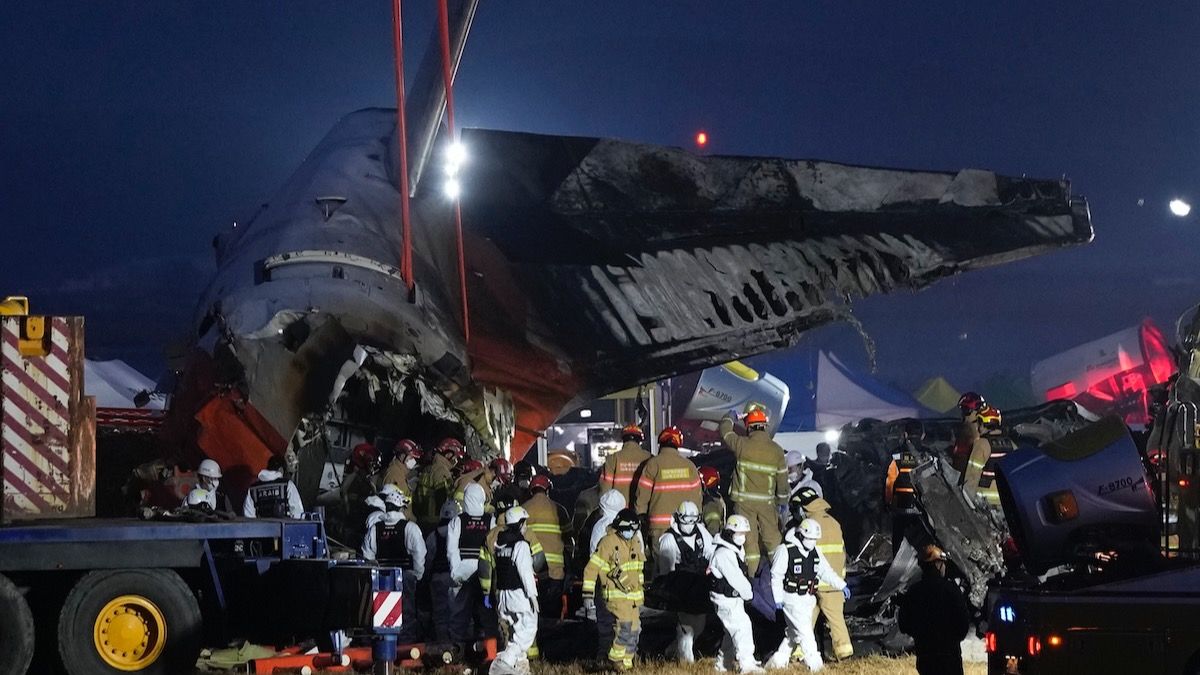Crawfordville: Helene strengthened into a Category 4 hurricane ahead of its expected landfall on Florida’s northwest coast, forecasters said, warning that the enormous storm could create a “nightmare” surge in coastal areas and bring dangerous winds and rain across much of the southeastern US.
Category 4 hurricanes have sustained winds over 209 kmph that can severely damage homes, snap trees and down power lines. Strong winds have already cut power to over 250,000 homes and businesses in Florida, according to the tracking site poweroutage.us.
The hurricane was about 195 kilometres west of Tampa and had sustained winds of 215 kmph, according to the US National Hurricane Center. Life-threatening storm surges of up to 6 metres were expected in the Big Bend area of Florida.
Hurricane warnings and flash flood warnings extended far beyond the coast up into northern Georgia and western North Carolina. The governors of Florida, Georgia, the Carolinas and Virginia have all declared emergencies in their states.
Tropical storm force winds began battering Florida on Thursday as Hurricane Helene prepared to make landfall, with forecasters warning that the enormous storm could create a “nightmare” surge along the coast and churn up damaging winds hundreds of miles inland across much of the southeastern US.
The storm’s wrath was starting to be felt Thursday afternoon, with water lapping over a road on the northern tip of Siesta Key near Sarasota and covering some intersections in St. Pete Beach along Florida’s Gulf Coast. Lumber and other debris from a fire in Cedar Key a week ago was crashing ashore in the rising water. And winds of up to 205 kmph have already left around 180,000 Florida homes and businesses without power.
Beyond Florida, up to 25 centimetres of rain has fallen in the North Carolina mountains, with up to 36 centimetres more possible before the deluge ends, setting the stage for flooding that forecasters warned could be worse than anything seen in the past century.
With forecasters also warning of tornadoes and mudslides, the governors of Florida, Georgia, the Carolinas and Virginia have all declared emergencies, as did President Joe Biden for several of the states. He is sending the head of the Federal Emergency Management Agency to Florida on Friday to view the damage.
Florida Gov. Ron DeSantis said Thursday morning that models suggest Helene will make landfall further east than earlier forecast, lessening the chances for a direct hit on the capital city of Tallahassee, whose metro area has a population of around 395,000.
The shift has the storm aimed squarely at the sparsely-populated Big Bend area, home to fishing villages and vacation hideaways where Florida’s Panhandle and peninsula meet.
“Please write your name, birthday, and important information on your arm or leg in a PERMANENT MARKER so that you can be identified and family notified,” the sheriff’s office in mostly rural Taylor County warned those who chose not to evacuate in a Facebook post, the dire advice similar to what other officials have dolled out during past hurricanes.
Many, though, were heeding the mandatory evacuation orders that stretched from the Panhandle south along the Gulf Coast in low-lying areas around Tallahassee, Gainesville, Cedar Key, Lake City, Tampa and Sarasota.
Federal authorities were staging search-and-rescue teams as the National Weather Service office in Tallahassee forecast storm surges of up to 6 metres and warned they could be particularly “catastrophic and unsurvivable” in Apalachee Bay.
“Please, please, please take any evacuation orders seriously!” the office said, describing the surge scenario as “a nightmare.” This stretch of Florida known as the Forgotten Coast has been largely spared by the widespread condo development and commercialization that dominates so many of Florida’s beach communities. The region is loved for its natural wonders — the vast stretches of salt marshes, tidal pools and barrier islands.
Helene is forecast to be one of the largest storms in breadth in years to hit the region, said Colorado State University hurricane researcher Phil Klotzbach. He said since 1988, only three Gulf hurricanes were bigger than Helene’s predicted size: 2017’s Irma, 2005’s Wilma and 1995’s Opal.
Areas 160 kilometres north of the Georgia-Florida line can expect hurricane conditions. More than half of Georgia’s public school districts and several universities canceled classes. The state has opened its parks to evacuees, and their pets, including horses. And overnight curfews were imposed in many cities and counties in south Georgia, including Albany, Valdosta and Thomasville.
For Atlanta, Helene could be the worst strike on a major Southern inland city in 35 years, said University of Georgia meteorology professor Marshall Shepherd.
Helene is the eighth named storm of the Atlantic hurricane season, which began June 1. The National Oceanic and Atmospheric Administration has predicted an above-average Atlantic hurricane season this year because of record-warm ocean temperatures.
(Except for the headline, Republic has not edited the content)
Hurricane Helene Intensifies to Category 4 Amid Deadly Threat to Florida, Southeast US world-news World News | Latest International News | Global World News | World News Today




